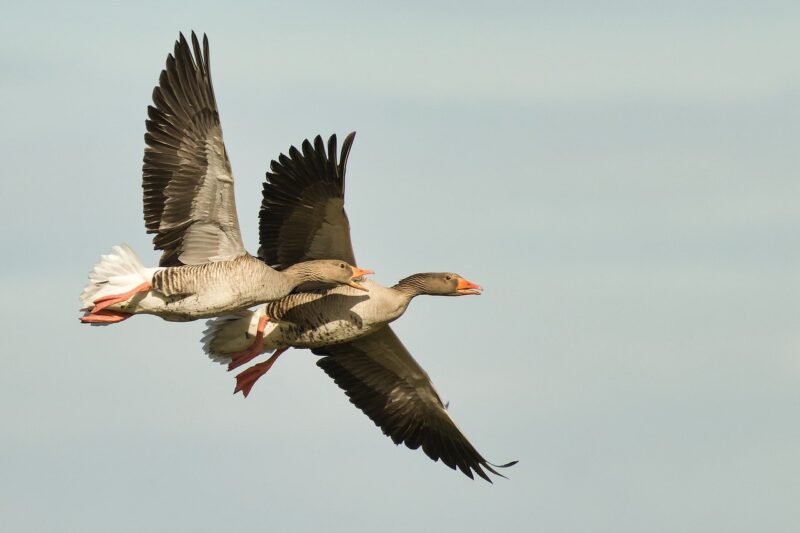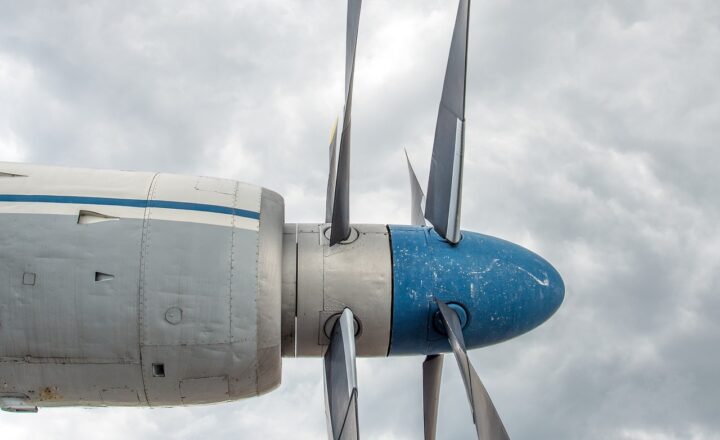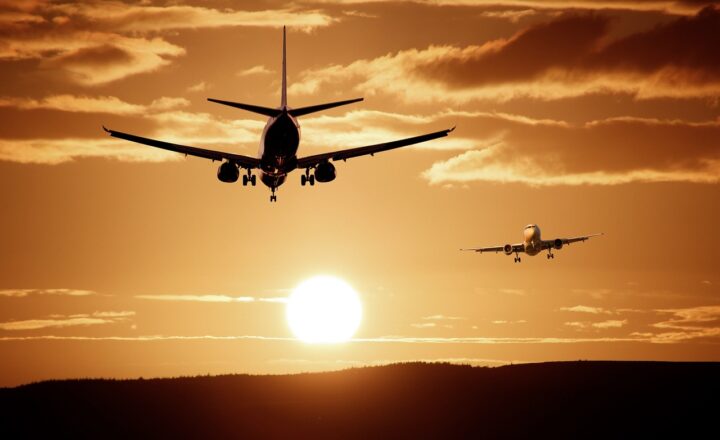How a Duck, a Rooster, and a Sheep Became Aviation Pioneers
November 15, 2024

When we think of aviation pioneers, images of brave pilots and innovative inventors typically come to mind. However, history is full of stories that are often overlooked—tales that blend curiosity, bravery, and an indescribable love for exploration. One such remarkable story is the legacy of a duck named “Muriel,” a rooster called “Bill,” and an adventurous sheep named “Dolly.” Together, these three unlikely heroes carved a unique niche in the annals of aviation history, demonstrating how animals can also play a prominent role in human flights of fancy.
1. The Genesis of Aviation Experiments with Animals
The exploration of flight has captivated humankind for centuries. From the melancholic tales of Icarus to modern day innovations, the dream of soaring through the skies has been a relentless pursuit. Early aviators often faced numerous challenges, including the need for testing and validation of flying machines. In their quest to understand the principles of aerodynamics, some pioneers turned to the animal kingdom for assistance, leading to the integration of various creatures in early aviation experiments.
Though the common narrative tends to focus on human experimentation, using animals served multiple purposes:
- Understanding Flight Mechanics: Animals’ reactions to flight helped researchers comprehend how different shapes and weights affected flight dynamics.
- Assessing the Safety of Early Aircraft: Testing with animals helped aviators ensure the safety of their contraptions before risking human lives.
- Burgeoning Curiosity: Scientists and inventors were curious about how completely different species would respond to the experience of flight.
This laid the groundwork for various experiments, leading us to our trio of aviators.
2. Meet Muriel: The Courageous Duck
Muriel, a spirited Pekin duck, became an integral part of experimentation in 1910 at a small aviation workshop in the countryside. At a time when everyone was skeptical about the future of flight, the eager inventor Charles Reynolds envisioned a larger aircraft that could carry passengers safely. To understand the mechanics of flight better, he decided to conduct test flights with Muriel.
Unlike traditional methods of using cats or pigeons, Muriel was chosen for her natural affinity for water and understanding of navigation principles. Reynolds outfitted a lightweight glider with a secured platform for Muriel and launched her into the air.
To everyone’s amazement, Muriel took her first flight, flapping her wings and gliding gracefully. Her natural instincts and body movements while airborne demonstrated vital principles of lift and balance, contributing significantly to the development of gliders without the risk of human casualties.
Muriel’s successful journeys earned her a reputation as the first avian pioneer, and she became the face of countless experiments. At every flight, Reynolds noted how she would instinctively balance and maneuver, paving the way for future avian experiments across the globe.
3. Bill the Rooster: The Unexpected Co-Pilot
Shortly after Muriel’s flights earned acclaim, Reynolds decided to one-up his experiments by introducing a new aerial companion into the mix. Bill, a vibrant and vociferous rooster, was enlisted to help with the next round of trials. His adaptive nature and curious demeanor made him an ideal candidate to join Muriel.
The duo became the toast of the town as they ventured into new realms of experimental aviation. Bill was strapped into a specially designed harness attached to a kite that would allow him to take flight—and what a sight it was! The images captured during these flights became iconic, with the pair soaring above the countryside, showcasing what seemed almost impossible.
What set Bill apart was his ability to react to altitude changes, which helped aviators get a better grasp of how biorhythms could be affected by flight. He’d strut around moments after landing, making it clear that he was nonchalantly unaffected by the thrill of the sky. This calm demeanor was pivotal in dispelling fears about flight, thereby encouraging other aviation enthusiasts to forge ahead.
4. Dolly the Brave: The Sheep in Vanity
If Muriel and Bill served as champions of aerodynamics, Dolly, the adventurous sheep, took the stage to embody the spectacle of spectacle in aviation. Renowned for her tenacity and flair, she was outfitted with a tiny aviator cap and goggles, embodying the spirit of aviation in a fun and engaging manner.
In one of the more flamboyant experiments, Dolly was hoisted into an aerial pod that would ascend with a hot air balloon. This captured public attention and created a frenzy amongst children and families who thronged to witness the historic flight. From the moment the basket lifted off the ground, an assortment of cheers filled the atmosphere.
Dolly became a beloved figure that inspired a new wave of fascination with aviation that transcended experimental flights. Her iconic “flight of fancy” resonated with audiences worldwide, making them realize that aviation could play a role in entertainment and culture.
Through her involvement, Dolly paved the path for future animals being featured in media, creating an enduring interest in aviation that hooked many aspiring aviators and potential inventors.
5. The Legacy of Muriel, Bill, and Dolly
While Muriel, Bill, and Dolly embarked on their adventures in the early 20th century, their legacy is far-reaching and serves as a profound reminder of the beautifully intertwined relationship between humanity and animals. These characters offered more than just their quirky personalities; they inspired generations to come:
- Research Methodology: The scientific approach of including animals in flight experiments launched further discussions on ethics in experimentation, leading to more humane practices in aviation testing.
- Cultivating a Love for Aviation: Their charismatic presence in aviation narratives has encouraged children and adults alike to take an interest in flight, leading many to pursue careers as engineers, pilots, and nature enthusiasts.
- Popular Culture Impact: The inspiring tales of these animals inspired cartoons, children’s literature, and many forms of artistic interpretations, embedding them in the cannon of aviation lore.
Ultimately, the stories of Muriel, Bill, and Dolly transcend the boundaries of time—they remind us that the spirit of exploration knows no bounds.
Conclusion
In the sky’s vast expanse, it’s important to remember the sometimes-overlooked figures that played pivotal roles in the developing world of aviation. By embracing the curious partnerships of a duck, a rooster, and a sheep, we gain a nuanced perspective on innovation and collaboration.
Their adventures are not only endearing but serve as exemplars of the unpredictable spirit of discovery that defines the human experience. As we stride into new frontiers of technology and flight, let us keep these symbolic figures in mind, standing as a testament to bravery, ingenuity, and the unexpected champions of the skies.








